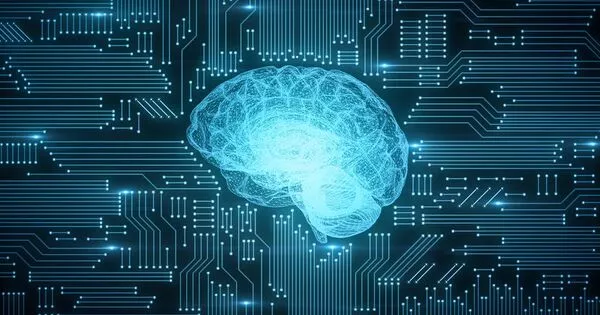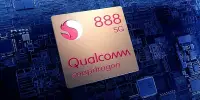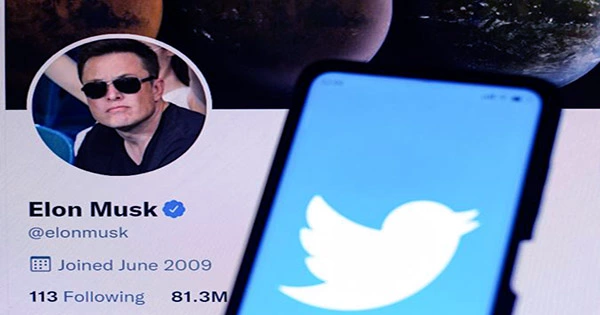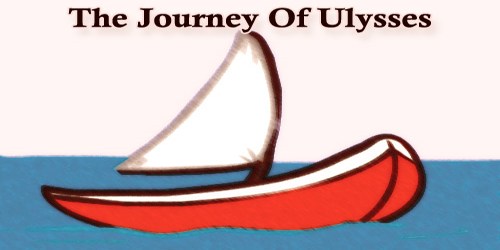Scientists have made an encouraging step toward developing a new generation of accurate, affordable, and portable devices for detecting concussion, epilepsy, and dementia. The international research team created a laser-based diamond sensor that can measure magnetic fields up to ten times more precisely than traditional methods. Their findings have been published in Science Advances.
Their discovery could aid in the advancement of existing magnetic-field sensing techniques for mapping brain activity in order to identify disorders. The team claims that with sufficient funding and industry collaboration, they could develop a proof-of-concept device using their new sensor within five years.
Concussion in sports has recently received attention, with prominent athletes sharing their stories about the serious consequences of head injuries sustained during their careers. Meanwhile, approximately 250,000 Australians suffer from epilepsy, and nearly 500,000 suffer from dementia.
The research is also applicable to a variety of industries other than healthcare, such as mining, where it could lead to improved mineral exploration applications.
Our breakthrough was making a laser out of the defects. By collecting all of the light, rather than just a small portion of it, we can detect the magnetic field 10 times more precisely with our sensor than current best practice.
Professor Andrew Greentree
The study was led by Fraunhofer Institute for Applied Solid State Physics (IAF) in Germany one of the leading organizations for applied research in Europe – working with RMIT University experts in diamond sensing technology Professor Andrew Greentree, Professor Brant Gibson, and Dr. Marco Capelli.
What’s the scientific breakthrough?
Diamond is already used for magnetic field sensing, as the amount of light emitted by quantum defects in the diamond varies with the strength of the magnetic field.
The issue with today’s approach is that the majority of the light is lost. “Our breakthrough was making a laser out of the defects,” Greentree explained. “By collecting all of the light, rather than just a small portion of it, we can detect the magnetic field 10 times more precisely with our sensor than current best practice.”
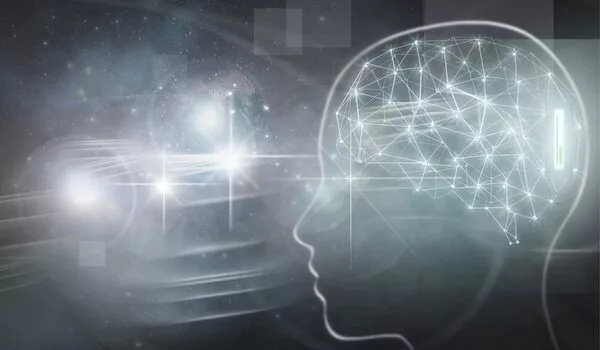
How would the portable brain imaging device work?
Magnetoencephalography, or MEG, technology is very sensitive today, but it is also bulky, expensive to install, requires ultra-cold temperatures with liquid helium, and patients must remain still.
“Current MEG machines are huge devices with dedicated facilities, and they also require magnetic shielding around them,” Greentree explained. MEG technology based on the new diamond-laser sensor would be much smaller than current devices, operate at room temperature, and could be fitted to patients who can move around.
“We really want to have something that we can place on a patient’s head and allow them to move around and there would be no need for expensive liquid helium to operate such a device,” Greentree said.
“With Alzheimer’s, you want to be able to monitor the progression of the disease and know the effect of any treatments. It’s similar with a concussion, you want to be able to measure what’s happening in the brain after each knock. With this MEG technology we envisage, you might be able to pick up early-onset dementia. With epilepsy, you could find out where it’s occurring, and that would help you to better target interventions.”
